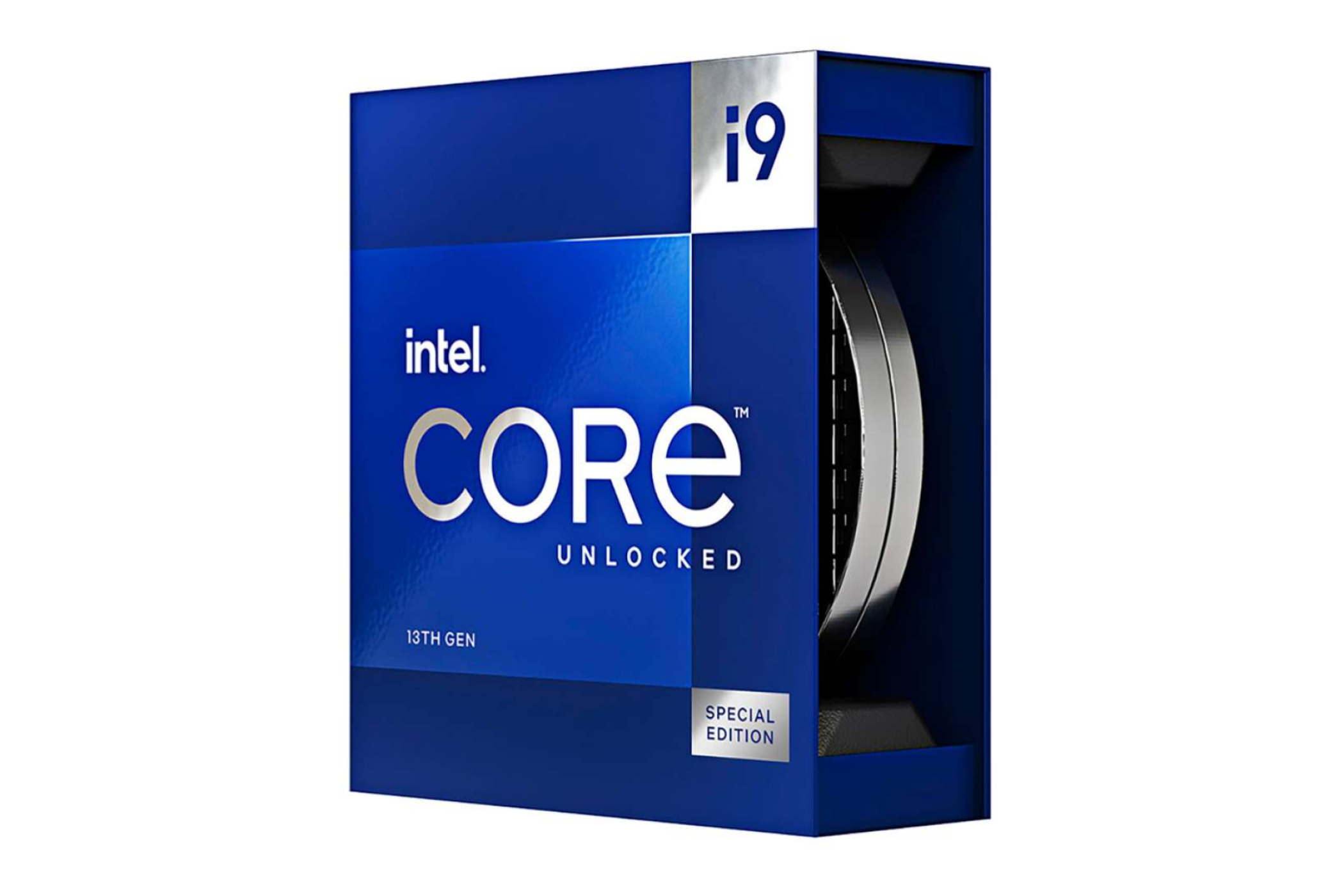For much of computing history, increasing clock speed has been pretty easy, but the mid-2000s brought an end to that. It's been progressively harder and harder ever since to increase the clock speed on CPUs and other processors; the world's first 5GHz CPU launched in 2013 and at the end of 2022, the fastest CPU had a boost frequency of 5.8GHz. But finally, Intel has broken the 6GHz barrier with the launch of its Core i9-13900KS, which is available at retail today.
A resurgence in frequency gains
Compared to the regular 13900K, the 13900KS has an extra 200MHz max turbo, which isn't really a huge lead and with a price tag of $700 (a $100 premium over the 13900K), it's not exactly an earth-shattering product. However, the 13900KS represents significant technological progress and the revival of generation-to-generation clock speed gains, which have been hard to come by for several years. In fact, the last GHz barrier to be broken was the 5GHz barrier, surpassed by AMD's FX-9590 almost a decade ago.
|
Core i9-13900KS |
Core i9-13900K |
Core i9-12900KS |
|
|
Cores/Threads |
24/32 |
24/32 |
16/24 |
|
Boost/Base Frequency |
6.0/3.2GHz |
5.8/3.0GHz |
5.5/3.4GHz |
|
Cache (L2+L3) |
36MB |
36MB |
30MB |
|
PCIe Lanes |
20 |
20 |
20 |
|
Maximum Turbo Power |
253W |
253W |
241W |
So what made it so hard for Intel to get to 6GHz? While there are many factors that determine what frequency a processor is capable of, one of the most important factors is the manufacturing node or process the chip is made on. Up until the mid 2000s, new nodes brought significantly improved clock speeds thanks to a phenomenon known as Dennard Scaling. However, Dennard Scaling stopped happening around the time the 65nm and 45nm nodes were coming out, and frequency gains saw massive slowdowns. For a while, the practical limit seemed to be 5GHz.
With the 10nm node and the Alder Lake architecture that launched in 2021, Intel found itself in a really good spot. Despite all the manufacturing and development woes of the 10nm process, 12th Gen CPUs were able to hit really high clock speeds, albeit with high power consumption. That ability to consume additional power and actually convert it into more frequency well beyond the 5GHz mark allowed an overclocked Core i9-13900K to achieve the highest frequency ever seen on a CPU and was crucial for the 13900KS to hit its historical boost clock speed.
With a little bit of refinement on the 10nm node, a refreshed architecture, and some strategic binning to capture the highest quality chips, Intel was able to hit 6GHz on the 13900KS. Of course, 6GHz is not for free on the 13900KS as it consumes up to 253 watts. As a product, the Core i9-13900KS has its strengths and weaknesses; it's the fastest CPU you can buy and hits 6GHz, but costs $700 and consumes tons of power. However, it has achieved a very notable milestone and will always be remembered as the world's first 6GHz CPU.

Core i9-13900KS
The Core i9-13900KS is the world's first 6GHz CPU and features 24 cores, 36MB of combined L2 and L3 cache, and uses the new Raptor Lake architecture.
